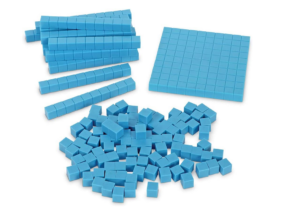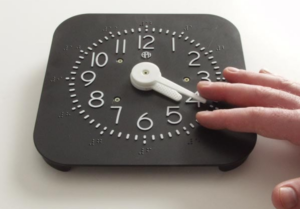Finding the right manipulatives for our students with visual impairments is key for student success. Many manipulatives in a classroom can easily be used with the right instruction and data collection to best meet the needs of individual students.
Manipulatives are tangible materials that a student can use to understand math concepts and to problem solve in a meaningful way. Young students rely on them to grasp the meaning of numbers and how they are used.
Not all manipulatives are created equal so it’s important that the TVI (Teacher of the Visually Impaired) works closely with the team and student to determine the best fit and approach.
Counters
Using counters for young students gives them tangible objects to relate to a number’s meaning. This is the case for all students, not just our students who have a visual impairment.
Here are some manipulative ideas to use counters:
- Sorting
- Pattern making
- Odd/even
- Number meanings
- Addition and subtraction
- Fine motor skills, Eye-hand coordination, Motor planning
Bear counters are a classroom staple in many Pre-K and kindergarten classrooms. They are great for sorting colors and counting, and come in different shapes and patterns.
Red on one side and yellow on the other side make these foam counters a class favorite in many elementary classrooms.
One-to-one correspondence, counting to 100, skip counting, comparison, making 10, grouping, addition, subtraction, graphing, color identification, patterning, and matching are all skills that can be taught using link cubes.
Manipulatives for learning place value and counting beyond the tens.
Clocks
Learning the analog clock is much easier with these clocks. Learning digital clocks is only the start to really understanding time.
Hundreds Board
Using a hundreds board allows students to recognize the patterns in numbers.
Number Lines
Number lines give students the ability to grasp the concept of numbers getting larger (addition) and getting smaller (subtraction).
Fractions
Often we can use manipulatives in our learning environment like an apple, a pizza/pie, and even a piece of paper to introduce fractions. This kit provides a variety of choices to teach in a more systematic approach and includes decimals.
More resources and ideas for teaching fractions can be found in this article, Teaching Fractions with Appropriate Materials.
Abacus
The abacus is of course a manipulative that can be used in so many ways for our students with visual impairments. It is a staple.
You can find a variety of lessons and teaching tips here at Paths to Literacy for the abacus.















